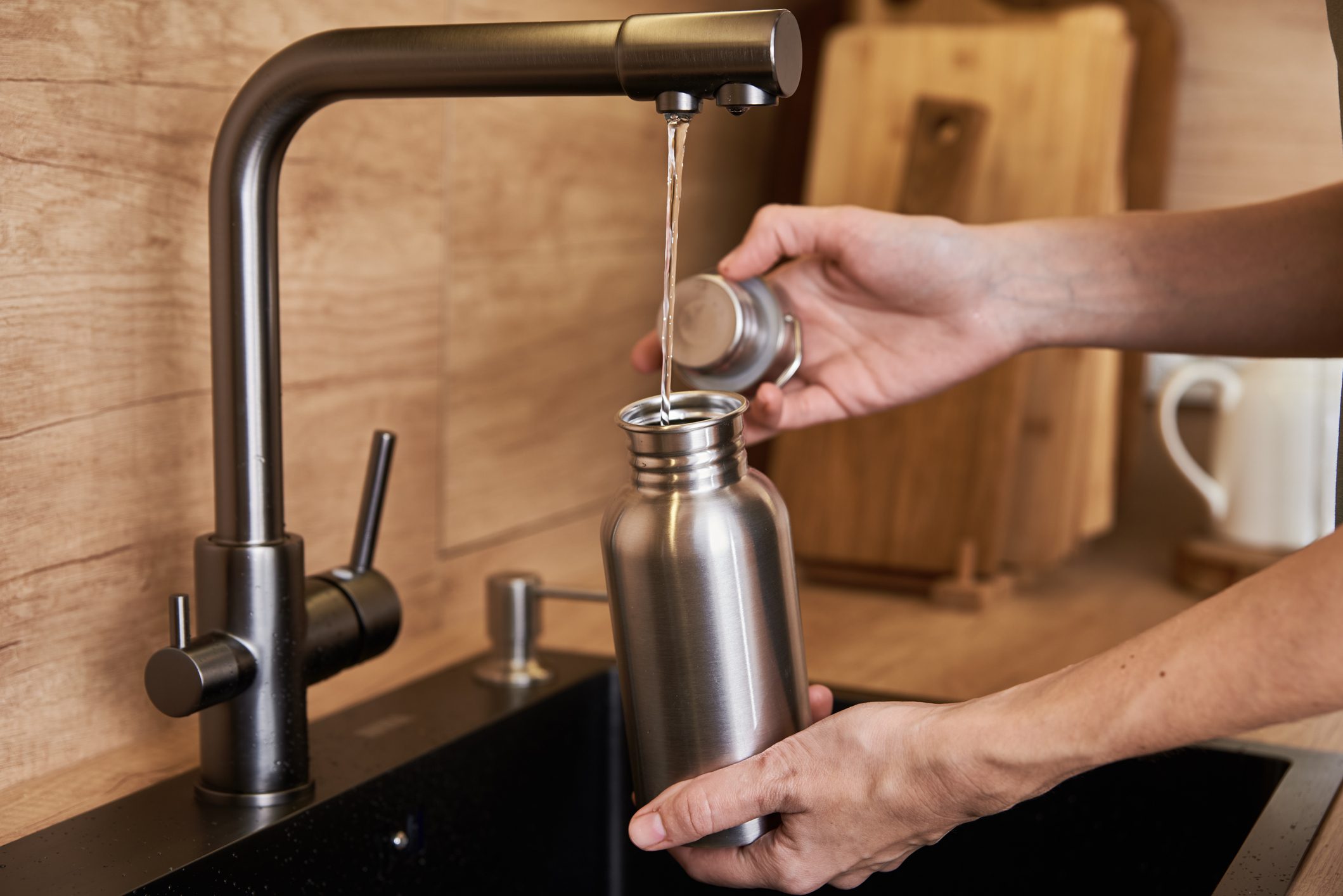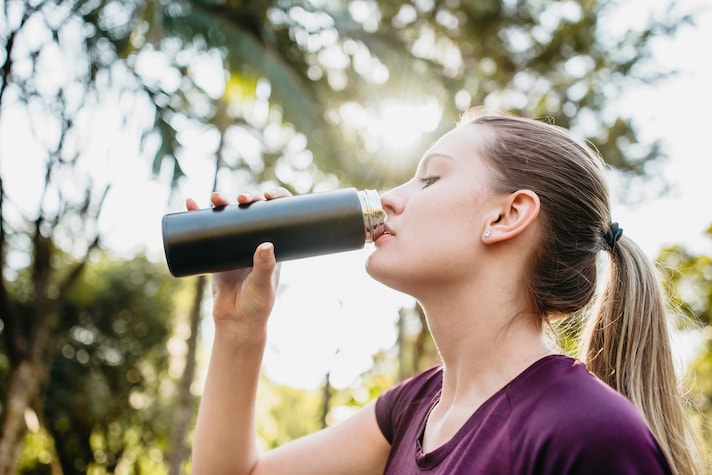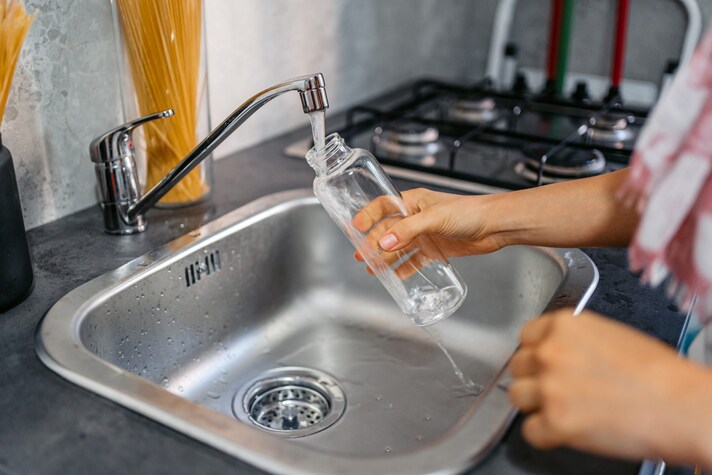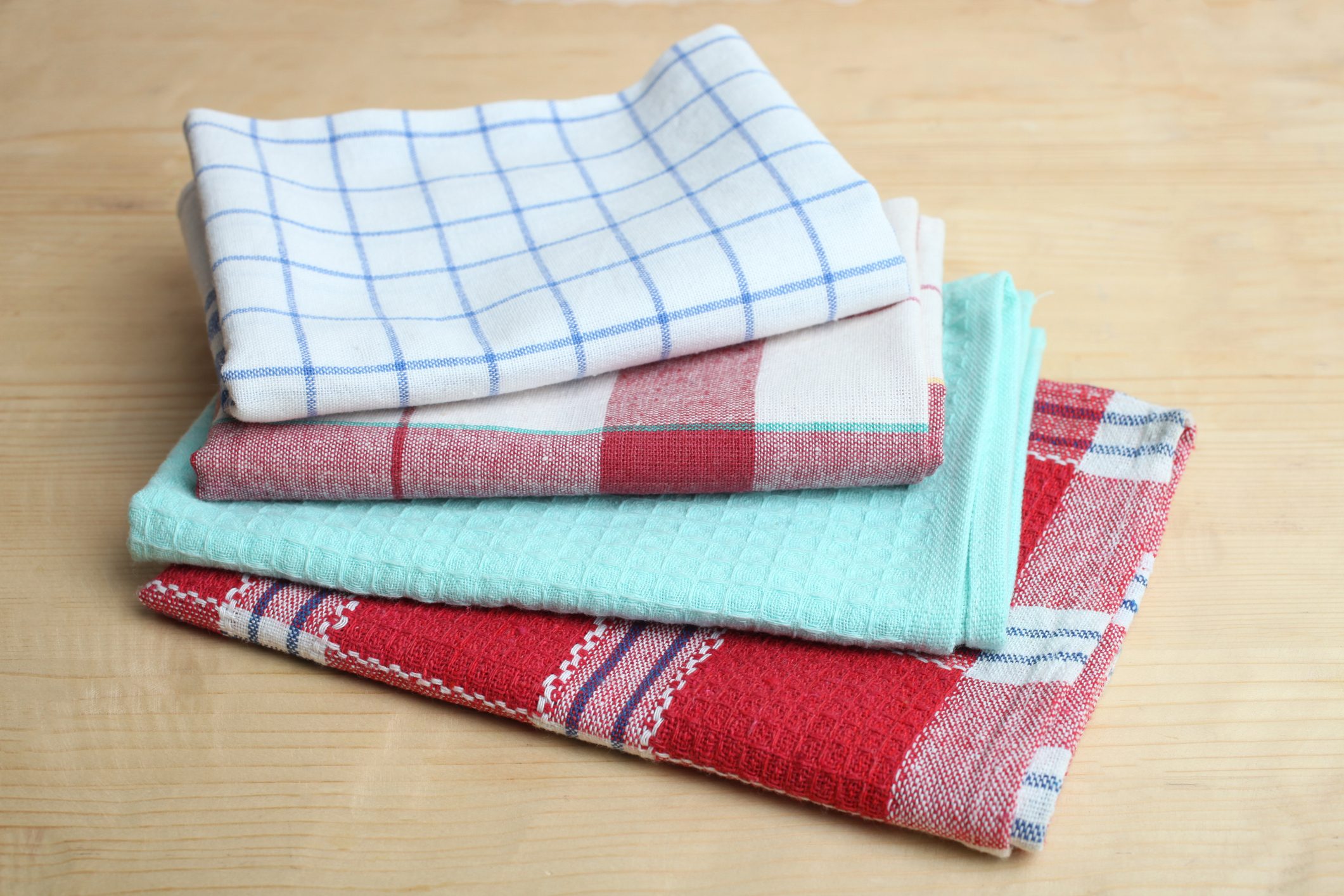How to Clean a Reusable Water Bottle: Expert Tips to Keep It Bacteria-Free
Regular cleaning is essential for keeping your reusable water bottle in tip-top condition. By performing a deep clean once a week and following proper cleaning techniques, you’ll not only remove germs but also avoid bad odors and stains. With a clean bottle, you can enjoy a fresh, safe drink every time!
;Resize,width=742;)
Reusable water bottles are an eco-friendly alternative to single-use plastic bottles, but they can also become breeding grounds for bacteria if not properly cleaned. You may wonder: How often should I clean my water bottle? And what’s the best way to ensure it’s free from germs? In this article, we’ll walk you through the most effective methods to deep clean your water bottle and avoid harmful bacteria, ensuring every sip is fresh and safe.
Why Cleaning Your Water Bottle Is Important
Your water bottle is exposed to moisture, warmth, and bacteria every time you drink from it, making it an ideal environment for germs to grow. If you don’t clean your bottle regularly, you could be ingesting harmful bacteria, mold, and mildew, which can cause unpleasant odors and potentially make you sick. That’s why regular cleaning is key—not only to remove build-up and stains but also to ensure your bottle stays safe and hygienic.
How Often Should You Clean Your Water Bottle?
The frequency of cleaning depends on how often you use the bottle and what you put inside it. Here’s a general guideline:
- Daily Rinsing: After every use, rinse your bottle thoroughly with warm water to remove any leftover residue and prevent bacteria build-up.
- Weekly Deep Cleaning: Even with daily rinsing, it's essential to do a more thorough cleaning once a week. This includes scrubbing all parts of the bottle and cap to remove any lingering bacteria.
- When Switching Drinks: If you use your bottle for beverages other than water (like smoothies, tea, or flavored drinks), it’s important to clean it thoroughly after each use. These drinks can leave behind sticky residue that can attract bacteria.
How to Clean Different Types of Water Bottles
Stainless Steel Bottles
They are durable and resist odors, but you still need to clean them regularly. Follow the same cleaning steps above, but avoid putting them in the dishwasher unless the manufacturer specifies it’s safe.
Plastic Bottles
Plastic water bottles are prone to staining and odor retention. Clean them more frequently and always ensure they’re completely dry to prevent mold growth.
Glass Bottles
Glass bottles are easy to clean and don’t retain odors. Use the same cleaning methods, but be careful not to drop them, as glass can break easily.

Step-by-Step Guide: How to Clean a Reusable Water Bottle
1. Basic Rinse After Each Use
Rinse the bottle with warm water immediately after use. This helps prevent build-up and keeps it smelling fresh. Use a bottle brush for those hard-to-reach areas, especially near the bottom.
2. Deep Cleaning with Soap
Materials Needed: Dish soap, warm water, and a bottle brush.
Add a few drops of dish soap to the bottle and fill it with warm water. Use a bottle brush to scrub the inside thoroughly, including the cap and threads where bacteria may hide. Rinse it well with warm water to remove soap residue.
3. Tackling Stubborn Odors with Baking Soda
Materials Needed: Baking soda, warm water, a bottle brush.
Mix 1-2 tablespoons of baking soda with warm water inside the bottle. Let it sit for about 15-30 minutes. Scrub with the brush, then rinse thoroughly.
4. Disinfecting with Vinegar or Hydrogen Peroxide
Materials Needed: White vinegar or hydrogen peroxide, warm water.
Pour 1/4 cup of white vinegar or hydrogen peroxide into the bottle and fill the rest with warm water. Let it sit for about 10-15 minutes, then scrub and rinse thoroughly.
5. Cleaning the Cap and Straw
Don’t forget to clean the cap and straw! Use a bottle brush for the straw and soak the cap in soapy water or a vinegar solution. Dry both the cap and straw completely before reattaching them.

How to Avoid Germs in Your Reusable Water Bottle
To prevent germs from accumulating in the first place, consider these tips:
- Always Dry the Bottle Completely: After cleaning your bottle, make sure it’s completely dry before storing it. This helps prevent the growth of mold and mildew.
- Use a Filtered Water Bottle: If you’re refilling your bottle frequently, consider using a water bottle with a built-in filter. This reduces the number of impurities that can build up inside.
- Store Your Bottle with the Cap Off: When your bottle is not in use, store it with the cap off to allow for air circulation. This prevents moisture from getting trapped inside and creating a damp environment where bacteria can thrive.
- Avoid Storing It in Warm Places: Don’t leave your bottle in warm areas, such as in the car on a hot day. Heat encourages the growth of bacteria, so it’s best to keep your bottle in a cool, dry place when not in use.
;Resize,width=767;)

;Resize,width=712;)

